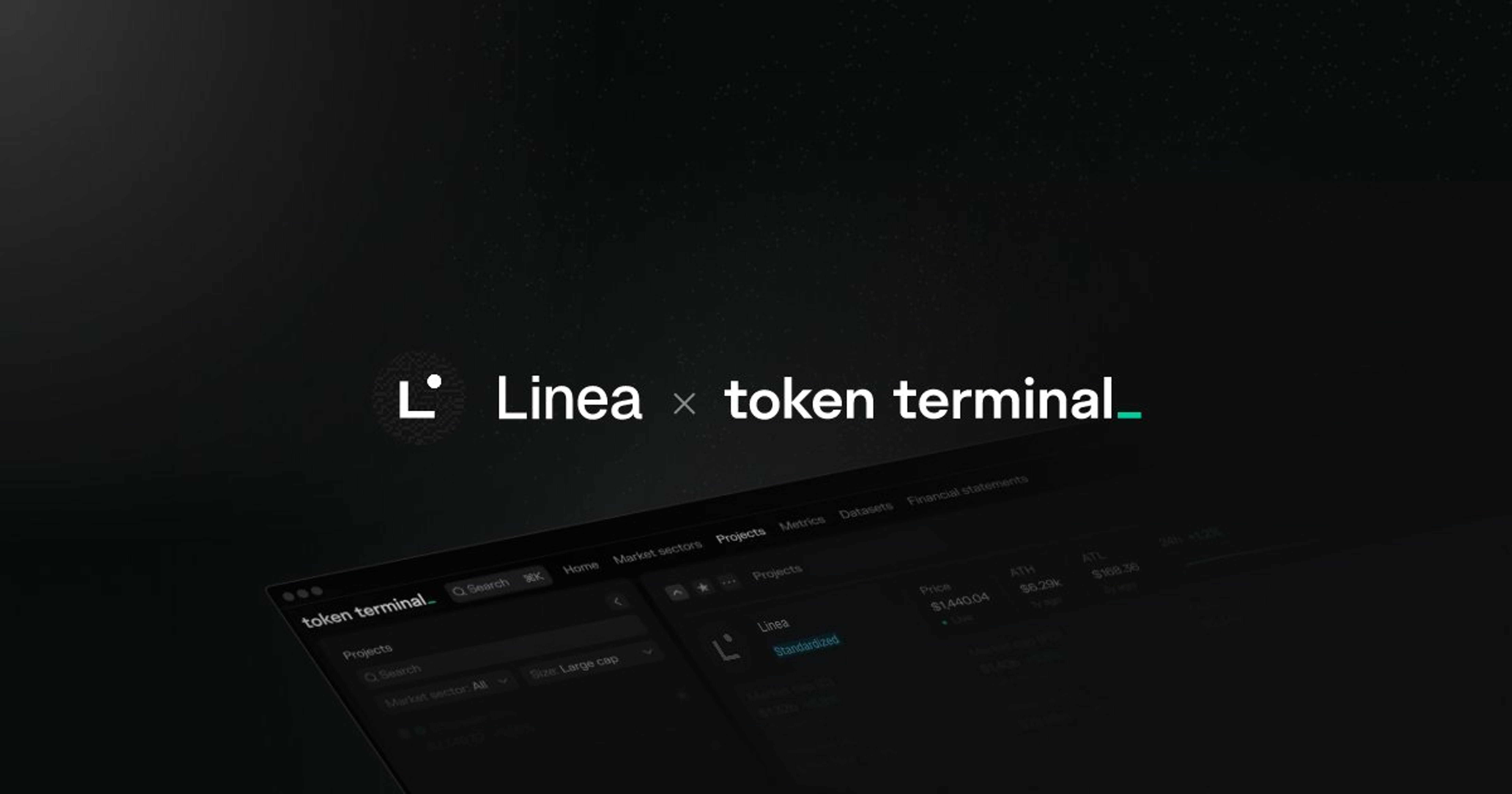
TL;DR; Polkadot is a blockchain network that allows blockchains to communicate and pool security while still letting them run their own functions. Polkadot itself is designed to provide no inherent application functionality at all.
Polkadot provides shared security for blockchains in its network, meaning that all blockchains add to the overall security (Cosmos has left it up to the Zones to secure their own networks). This means that in order to connect your blockchain you will need to accumulate DOTs — the security is rooted in the DOTs themselves, which creates a shared security model for the whole network.
Reasoning behind shared security: Blockchains can get security from day one when they connect to Polkadot = individual chains can leverage collective security without having to start from scratch to gain traction and trust.
Polkadot’s architecture
Polkadot’s architecture consists of: i) Parachains (in Cosmos: Zones), ii) Relay chain (in Cosmos: Hub) and iii) Bridges (in Cosmos: peg-zones).
i) Parachains
Parachains are independent chains that are connected and secured by the Relay chain. Polkadot places no constraints over what parachains are able to do (incl. having their own token) besides that they must generate a proof that can be validated by the validators (Relay chain).
ii) Relay chain
The Relay chain is Polkadot’s core chain that connects and validates parachains. The Relay chain provides security to parachains and relays messages between them. The messages can be transactions or any arbitrary data.
iii) Bridges
Bridges are special parachains that allow communication to independent blockchains that are NOT secured by Polkadot’s relay chain. These blockchains have instead opted for using their own security and consensus (eg. Bitcoin). Bridges are still in a concept-phase.
Participants in Polkadot’s network
Participants in Polkadot’s network include: i) Validators, ii) Nominators, iii) Collators, and iv) Fishermen
i) Validators
Validators are staked full nodes that are responsible for securing and validating blocks to the Relay chain. Validators receive potential blocks from collators in each parachain — if valid — include block headers in the relay chain.
ii) Nominators
Nominators select and stake validators. When the chosen validator is rewarded or punished, the nominator receives a corresponding reward or punishment. Since validator slots will be limited, most of those who wish to stake their DOTs will be nominators.
iii) Collators
Parachains are maintained by collators. They maintain a full-node of the parachain and collect transactions in a parachain. Collators propose valid blocks from parachains to validators on the Relay chain (to be included in the shared state of Polkadot).
iv) Fishermen
Are the final security frontier. They monitor the activity across the protocol to determine whether any of the other participants have acted in breach of the rules. Fishermen are rewarded upon demonstrating proof that a particular breach has occurred.
Token model
DOTs are used for staking and fees. Fees are calculated based on four parameters:
- Base fee (fixed)
- Weight fee (based on usage of network)
- Tip (optional — for higher priority)
- Per-byte fee (storage fee based on size in bytes)
Parachains have their own accounts on the Relay Chain (these accounts issue transactions on the parachain’s behalf). Transaction fees are rewarded to validators and nominators who delegate to validators.
The annual inflation of DOTs is set to 10% in the first year. Depending on the staking participation, the distribution of the inflation will go to: i) validators, or ii) the treasury. This will change dynamically to provide incentives to participate in staking.
Governance
DOT tokenholders have complete control over the protocol. However, Polkadot’s governance includes a “Council” that consist of max 24 members.
Anyone can propose a referendum by depositing a minimum amount of DOTs for a certain period. No matter whether the proposal is proposed by the public or the council, it will have to go through a referendum (voting).
Council proposal: When all members of the council agree on a proposal, the proposal is moved straight to a referendum. The council is called upon primarily for two tasks: proposing sensible referenda, and cancelling uncontroversially dangerous or malicious referenda.
Every 30 days, a new referendum comes up for a vote (separate queues for council and public proposals). Votes are weighed based on amount staked AND the time they are locked (between 2–12 weeks). → minor tokenholders can influence by locking up DOTs for a longer time.
Ecosystem
Kusama Network (an unrefined release of Polkadot) was launched in August 2019. Kusama is the testbed for projects launching on the Polkadot mainnet.
In Oct 2019 the web3foundation and Polychain Capital joined forces to launch the Polkadot Ecosystem Fund.
Token Terminal provides financial and business metrics on crypto protocols — metrics we’re used to seeing applied to traditional companies, e.g the P/E ratio. Crypto protocols operate like traditional businesses, only they do it directly on the Internet.
For more, check out Token Terminal’s website and Twitter.
The authors of this content, or members, affiliates, or stakeholders of Token Terminal may be participating or are invested in protocols or tokens mentioned herein. The foregoing statement acts as a disclosure of potential conflicts of interest and is not a recommendation to purchase or invest in any token or participate in any protocol. Token Terminal does not recommend any particular course of action in relation to any token or protocol. The content herein is meant purely for educational and informational purposes only, and should not be relied upon as financial, investment, legal, tax or any other professional or other advice. None of the content and information herein is presented to induce or to attempt to induce any reader or other person to buy, sell or hold any token or participate in any protocol or enter into, or offer to enter into, any agreement for or with a view to buying or selling any token or participating in any protocol. Statements made herein (including statements of opinion, if any) are wholly generic and not tailored to take into account the personal needs and unique circumstances of any reader or any other person. Readers are strongly urged to exercise caution and have regard to their own personal needs and circumstances before making any decision to buy or sell any token or participate in any protocol. Observations and views expressed herein may be changed by Token Terminal at any time without notice. Token Terminal accepts no liability whatsoever for any losses or liabilities arising from the use of or reliance on any of this content.
Stay in the loop
Join our mailing list to get the latest insights!
Continue reading

Customer stories: Token Terminal’s Data Partnership with Linea
Through its partnership with Token Terminal, Linea turns transparency into a competitive advantage and continues to build trust with its growing community.

Introducing Tokenized Assets
Token Terminal is expanding its standardized onchain analytics to cover the rapidly growing category of tokenized real-world assets (RWAs) – starting with stablecoins, tokenized funds, and tokenized stocks.

Customer stories: Token Terminal’s Data Partnership with EigenCloud
Through its partnership with Token Terminal, EigenCloud turns transparency into a competitive advantage and continues to build trust with its growing community.